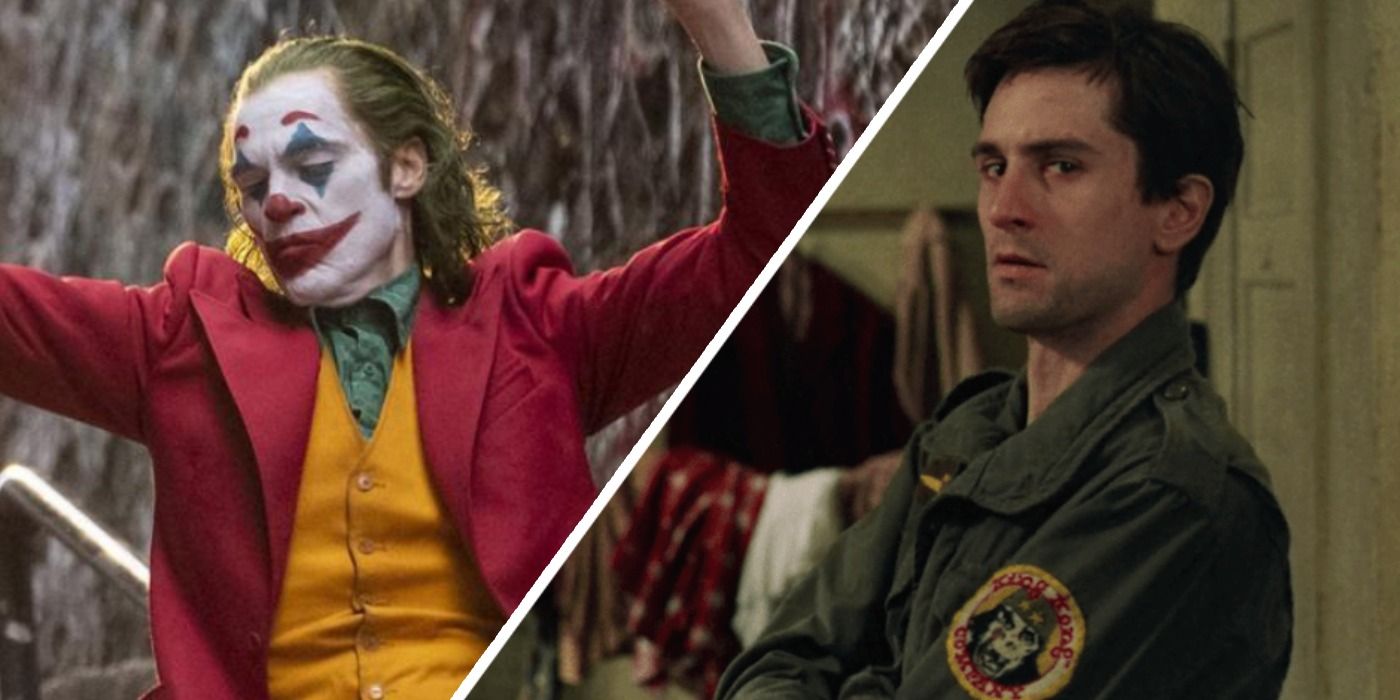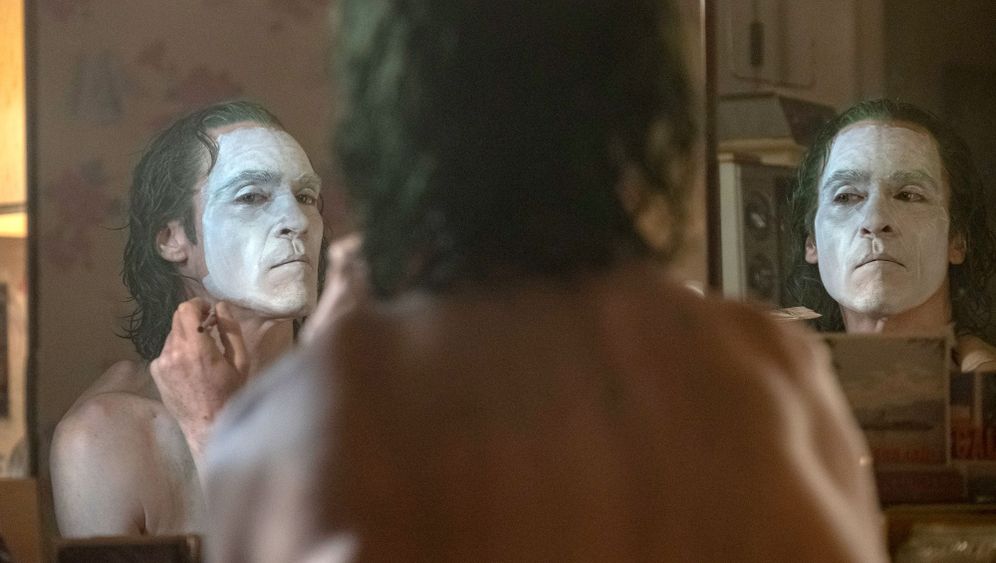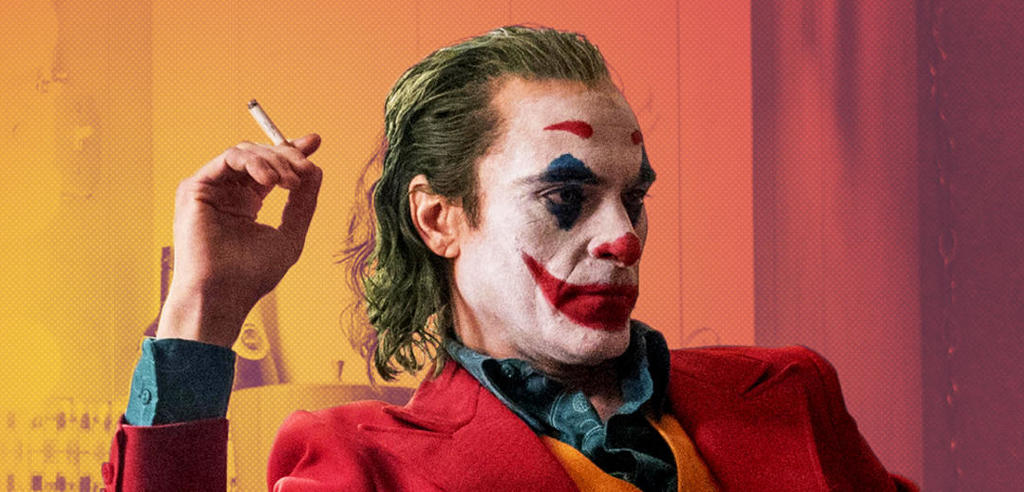Sometimes a film will disturb you. This does not mean the film was bad or good. It is often good because it means your perspective is being challenged and challenge is a good thing as it can lead to change. Other, more upsetting, times a film will disturb you because the material itself is disturbing and no amount of artistry can save it. The most recent film in which I had this experience was “Joker” of 2019. I gave the film another try since it was recently made available on HBO Go and I remain equally, if not more so, disturbed by its frustratingly misguided portrayal of mental illness.
Todd Phillips’ “Joker” had everything going for it. It is the origin story for the most infamous villain in all of comic book history. It had the moral goal of showing how the criminally insane come to be — what drives a person to madness. A valiant mission attempted with cowardly effort. Hiding behind an entrancing score, an arresting performance by Joaquin Phoenix and gorgeous cinematography is a lazy script at the hands of Todd Phillips and Scott Silver. It is a collage made out of “Taxi Driver” and “The King of Comedy” and “Network” with the real life story of Bernard Goetz: the New York subway killer of 1984. In the film’s lack of originality was the underlying truth that the psychobro trope in film is tired and should be put to rest.

There are many cinema tropes we’ve seen and discuss all the time. Whether it’s the manic pixie dream girl or the gangster or the trophy wife, these are played out roles characters are confined within. They are cardboard boxes designed to fit all of the individuality of human life into. One trope in particularly that’s not as regularly pointed to is the “psychobro” or the manic mad man. It can be seen in roles like Robert DeNiro in “Taxi Driver” or the myriad of Jack Nicholson roles like “One Flew Over the Cuckoo’s Nest” or “The Departed” (a collab with the gangster trope) or even his own portrayal of the Joker in Tim Burton’s “Batman” and of course there’s the duo in “Fight Club” of Ed Norton and Brad Pitt. These silver screen depictions of mental illness are covered in a cloud of glorification. These films are cult classics and their protagonists are pop culture icons. They are exceptional films (some of my all time but to still glorify the mentally ill male today without fully understanding the implications is problematic.
Arthur Fleck — a.k.a the Joker — is an unwell individual. Remove him from the DC Batman universe and he is by no means someone to pay homage to. He suffers from a serious mental illness and is a victim of severe child abuse. He is mentally disturbed and it’s not funny it’s sad. This trope further promotes this “boys will be boys” mentality as an excuse for violent behavior. Shrouded in controversy, was the way in which “Joker” promotes violence. The overwhelming presence of mass shootings and white nationalism today we are searching for its roots. Through this lens Fleck could be anyone really. His character is weeded in narcissism and daddy issues. He feels disenfranchised and cast out from society. It sort of makes masculinity as a mental illness on its own.

Fleck is chasing the conventional commercial life he feels society has made unattainable for people like him. “The worst part of having a mental illness is people expect you to behave as if you don’t,” reads an acute entry in his journal. In comparison to “Taxi Driver” and “Fight Club”, the character is actually acknowledging he is mentally ill and at the beginning seeks out help for it. Whereas in those other films, the men reject society’s expectations of them. However after he can’t see his social worker anymore and he loses his job and therefore has no access to medication, his stability is no more and he too rejects the world he feels rejected by.
“Joker” first distrubed me in a good way. Its depictions of how painful the day to day can be were visceral. So many of us could probably relate to that acute sensitivity to life. What was troubling was the evolution of the plot. The narrative’s climax is when he no longer has access to therapy or medication. The very tools essential to battling psychological disorders. This is the film’s biggest problem. Mental illness is not worthy grounds for creating history’s most infamous super villain. Todd Phillips is asking us to sympathize with him now. His behavior is excused now because he can’t help it, it’s not his fault he’s crazy. He’s a card carrying psychopath and all is forgiven. It not only lacks vision but it is offensive to millions of people who struggle with similar issues.

In the United States alone, one in 5 adults struggles with a mental illness. Most of what anyone knows of mental illness is in the stories we read and see. Representation is everything. A film that broke numerous box office records bears a level of responsibility for the very thing in which it prostelatizes itself: mental health. Having real conversations about mental health is clouded in stigma. It’s getting better but it’s a slippery slope when you look at a movie like this in the way that it trivializes mental illness. It doesn’t advocate the importance of seeking proper care, but instead sends its character beyond help. The final scene puts this manic mad man who’s gone over the edge on a pedestal, smiling nonetheless.
Women are vilified, hypersexualized or both. Take another look at Angelina Jolie in “Girl Interrupted” or Glenn Close in “Fatal Attraction” or even Jennifer Lawrence in one of my favorite film’s, “Silver Linings Playbook” and you will see it. We need to bridge the gendered characterizations of mental illness and psychosis. I’m exhausted, exhausted seeing the same depictions over and over again. Film and TV have the unique ability to place the viewer in someone else’s shoes. Storytelling is born out of a fascination for different walks of life. My lifelong undying love for this medium has led me to believe that we have a curiosity for the mind but an intolerance to embrace its inherent flaws. We are starving for fresh stories that show life as it is — crazy.

